Birds can make all kinds of sounds, from honks and croaks to trills and peeps. Songbirds create beautiful melodies. Owls hoot and screech in the night.
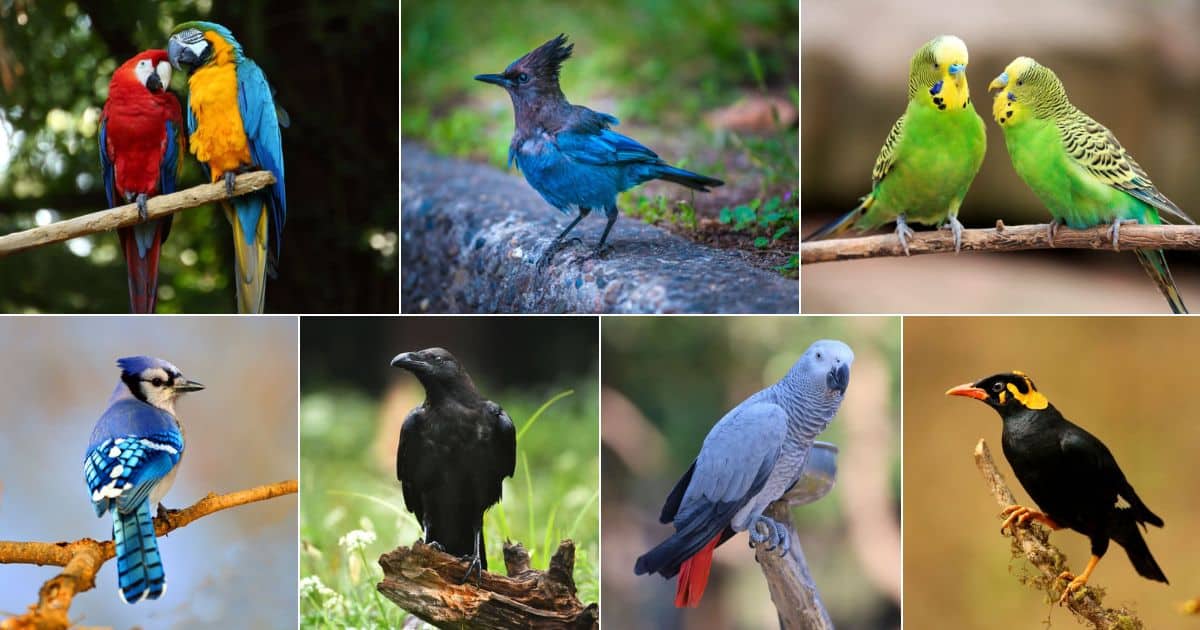
Then there are the mimics, the birds who can imitate the sounds around them, from other birds and animals to chainsaws, car alarms, and even human speech.
Keep reading for a list of 17 birds that can mimic sound and learn just what they’re capable of and how.
Contents
17 Birds That Mimic Sound
Here are 17 birds popular for their ability to mimic the sound.
1. Northern Mockingbird
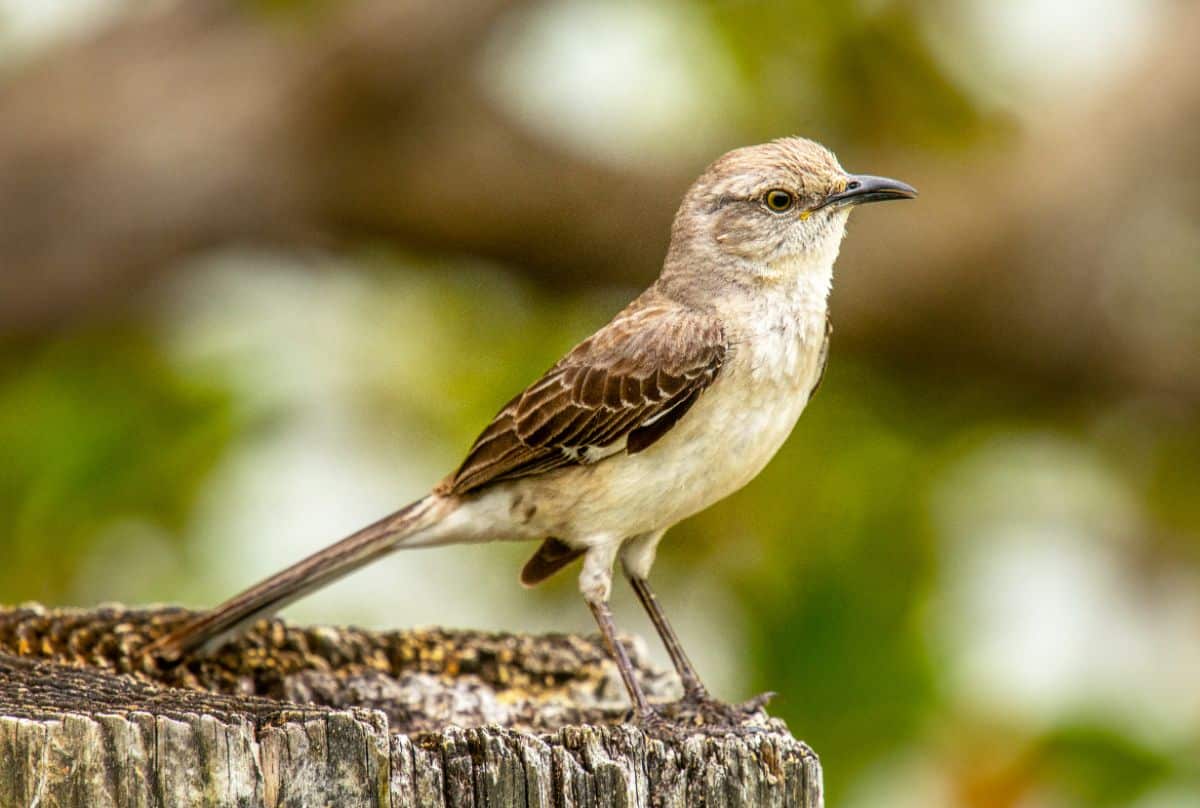
The northern mockingbird’s Latin name, Mimus polyglottos, means “mimic of many tongues.” This bird can learn up to 200 songs. Its typical song is a half-and-half blend of mockingbird-specific vocalizations and mimicked phrases. It can mimic the sounds of cardinals, blue jays, wrens, and other birds, and other sounds such as creaky gates and car alarms.
2. Brown Thrasher
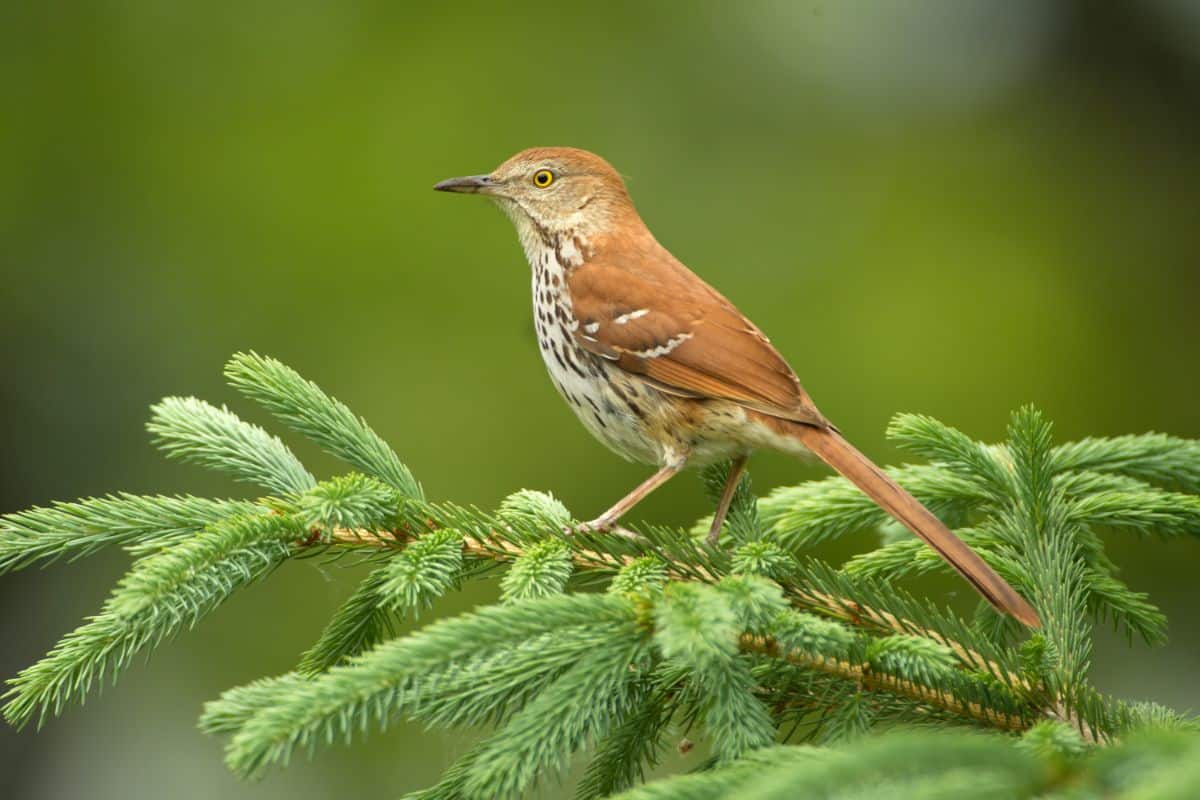
The calls of the brown thrasher, the only thrasher species east of Texas, sound like smacking kisses, harsh whistles, chirrups, and hisses. They sing more than 1,100 songs, and they can mimic other birds such as Chuck-Will’s-widow, wood thrushes, and Northern Flickers.
3. Gray Catbird
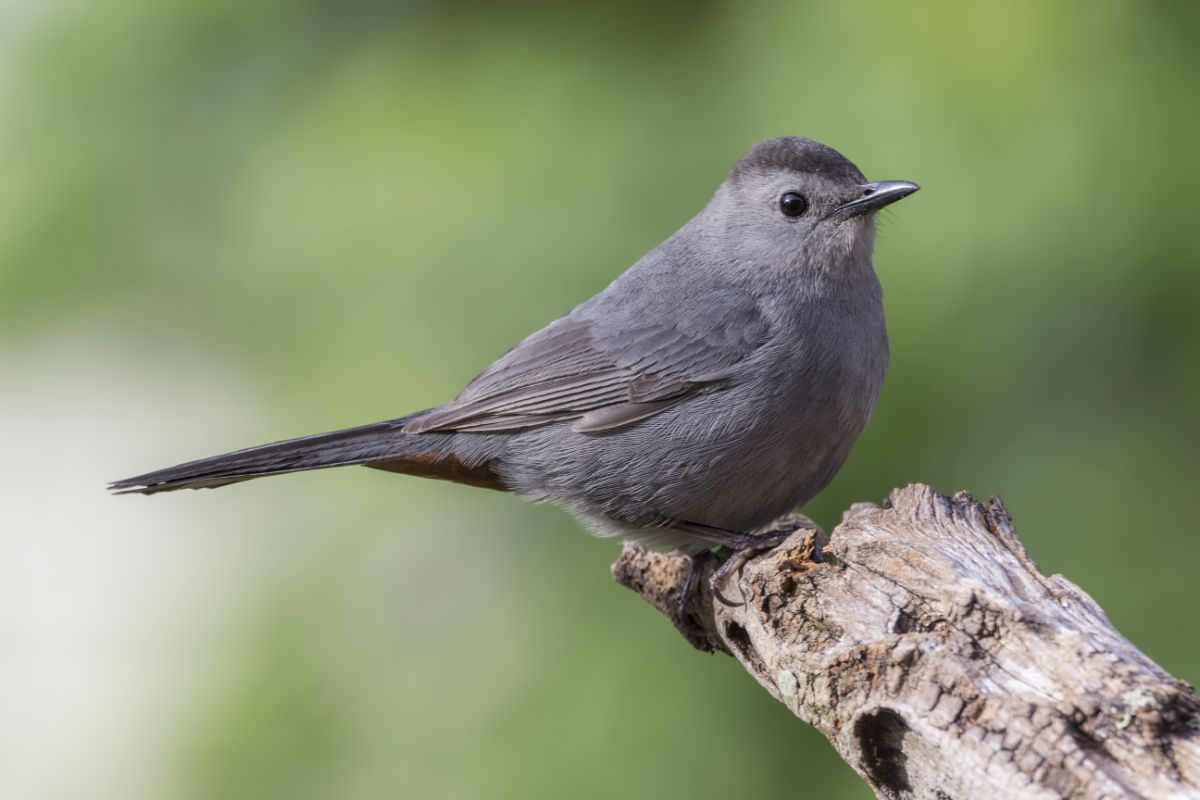
A relative of the mockingbird and thrashers, the gray catbird is a gray bird with a black top of the head. They live in thickets. The gray catbird’s long song can last up to ten minutes. Males also have a loud song they sing to stake claim to the territory. A quieter version is sung near a nest or when an intruder is nearby. The gray catbird can imitate the song of other birds and other animals, such as frogs.
4. European Starling
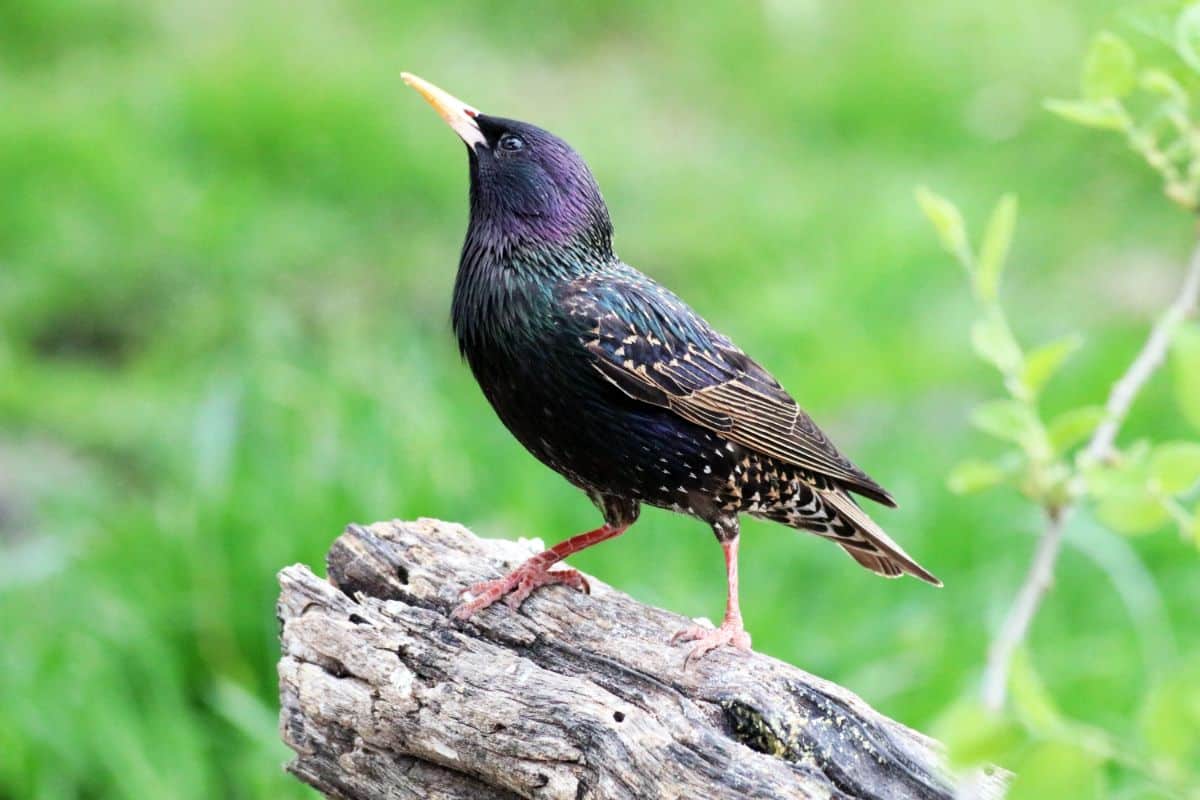
The European starling is a striking bird covered in white spots during winter and is a glossy, iridescent black in summer. All the starlings in North America are descended from a group of 100 starlings brought over and released in Central Park in the late 19th century by a group who wanted the United States to have all the birds mentioned in Shakespeare.
European starlings can learn the calls of up to 200 species, including meadowlarks, red-tailed hawks, American robin, wood-thrush, and the northern flicker.
5. Hill Myna
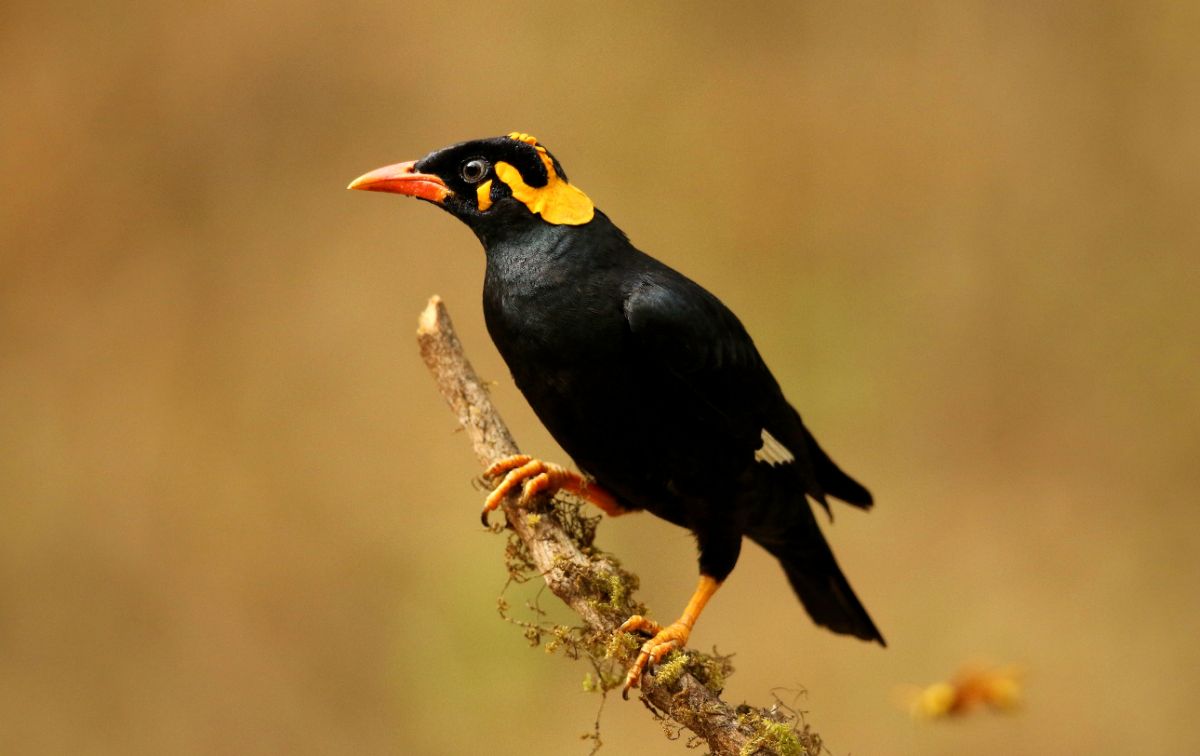
A member of the starling family, the hill myna is native to the hill regions of South and Southeast Asia. Its Latin name, Gracula religiosa, may refer to the rumored practice of teaching the mynas to recite prayers.
In the wild, their calls are loud, shrill whistles, screeches, and gurgles, and they do not imitate other birds.
In captivity, however, they can imitate many sounds, including the human voice, and can accurately whistle tunes.
6. African Grey Parrot
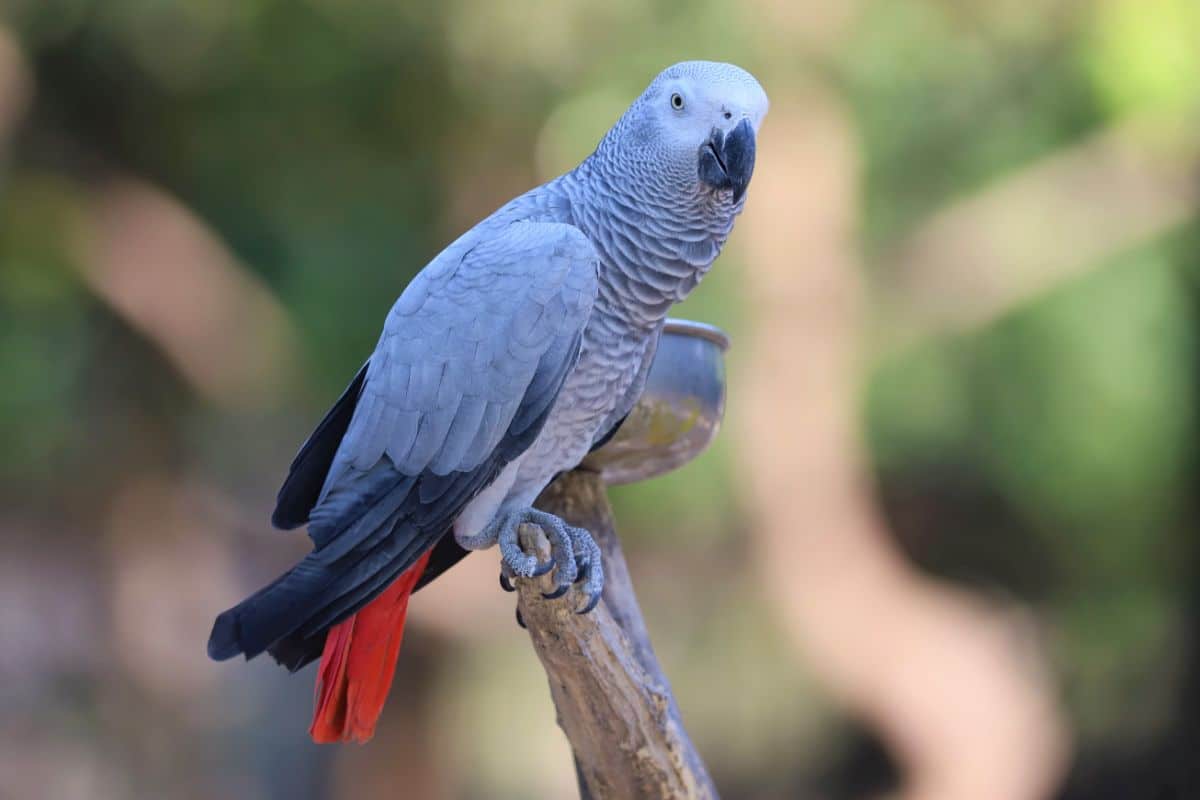
A popular pet, the African grey parrot, is so intelligent it has been nicknamed “The Einstein of the Bird World.” They are often able to repeat human words and phrases after hearing them only once or twice. Evidence suggests they can even understand what they’re saying. They also learn household sounds, such as alarms, and can become very noisy.
7. Amazon Parrot
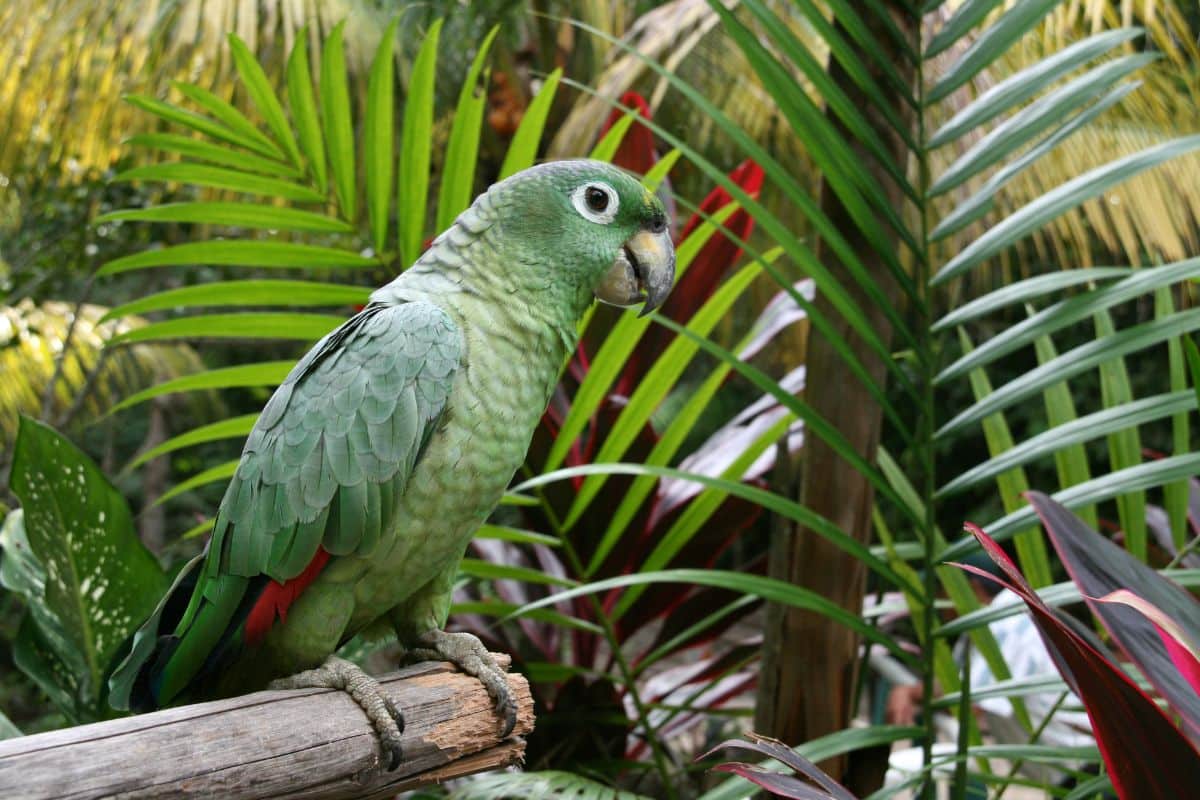
Another popular pet, Amazon parrots, native to Mexico, South America, and parts of the Caribbean, are one of the best talkers. They love to be the center of attention and will learn many words and phrases. They have big personalities, and like the spotlight, so they can often be heard talking, singing music, making horn sounds, and even screaming.
8. Macaw
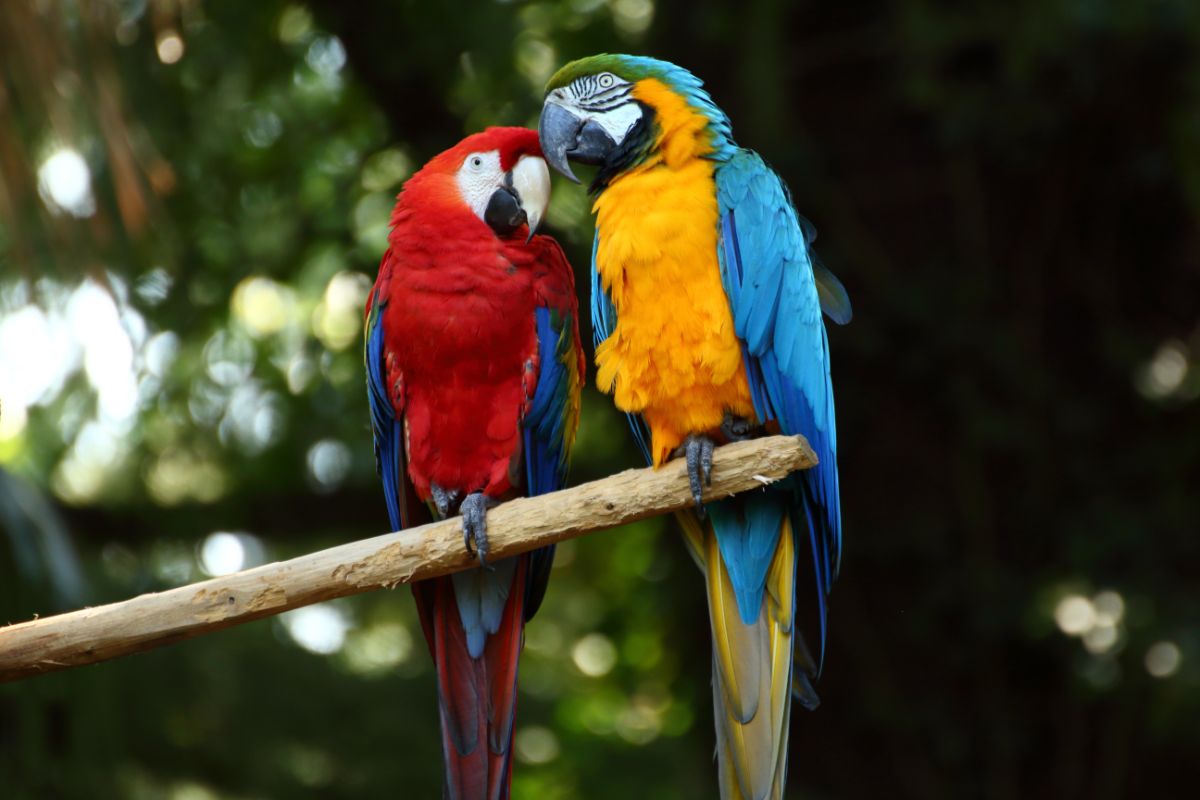
The macaw is a long-tailed, brightly colored bird, larger than all other parrots. Macaws are native to Mexico, Central, and South America and can live up to 60 years in the wild. They can learn to talk and often whistle and imitate the sounds they hear around them.
9. Blue Jay
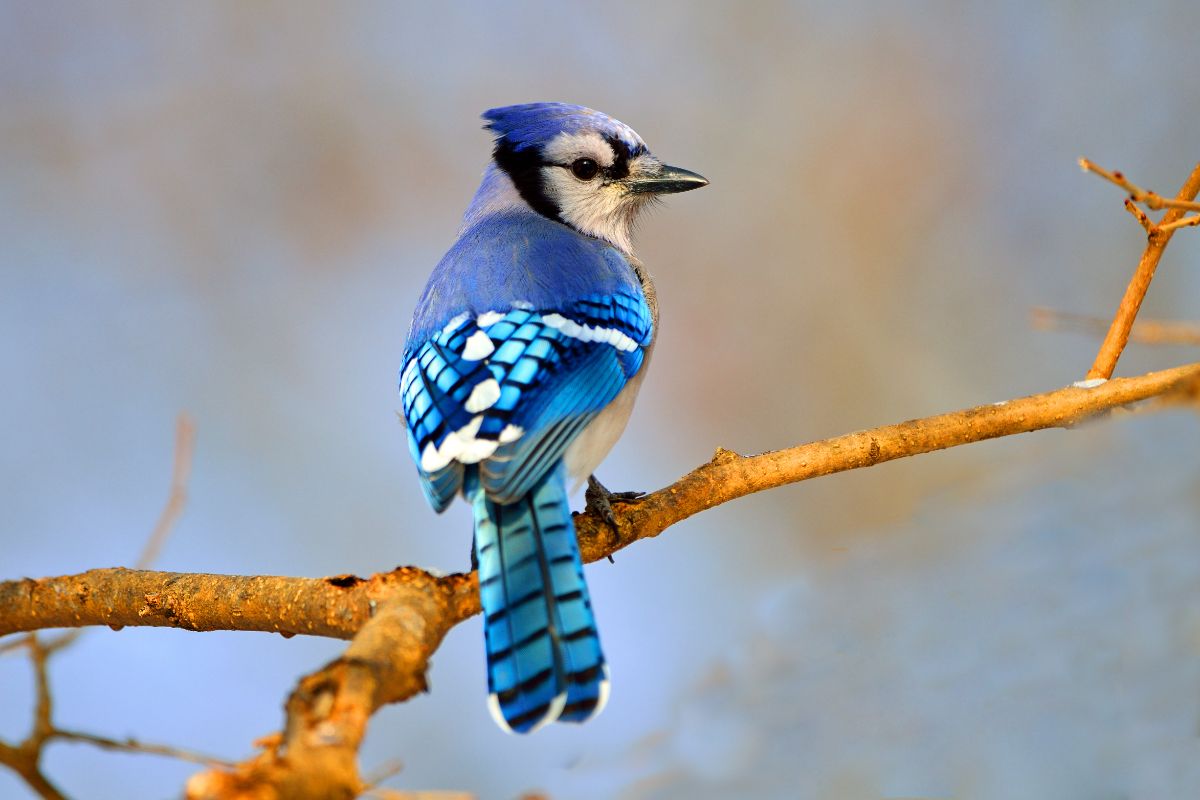
While not as known for their mimicry as other birds, blue jays can imitate the sounds of red-shouldered hawks, red-tailed hawks, bald eagles, and the Eastern screech owl. They mimic these predator birds to either warn other blue jays of their presence or to trick other blue jays into thinking there’s danger.
10. Parakeet
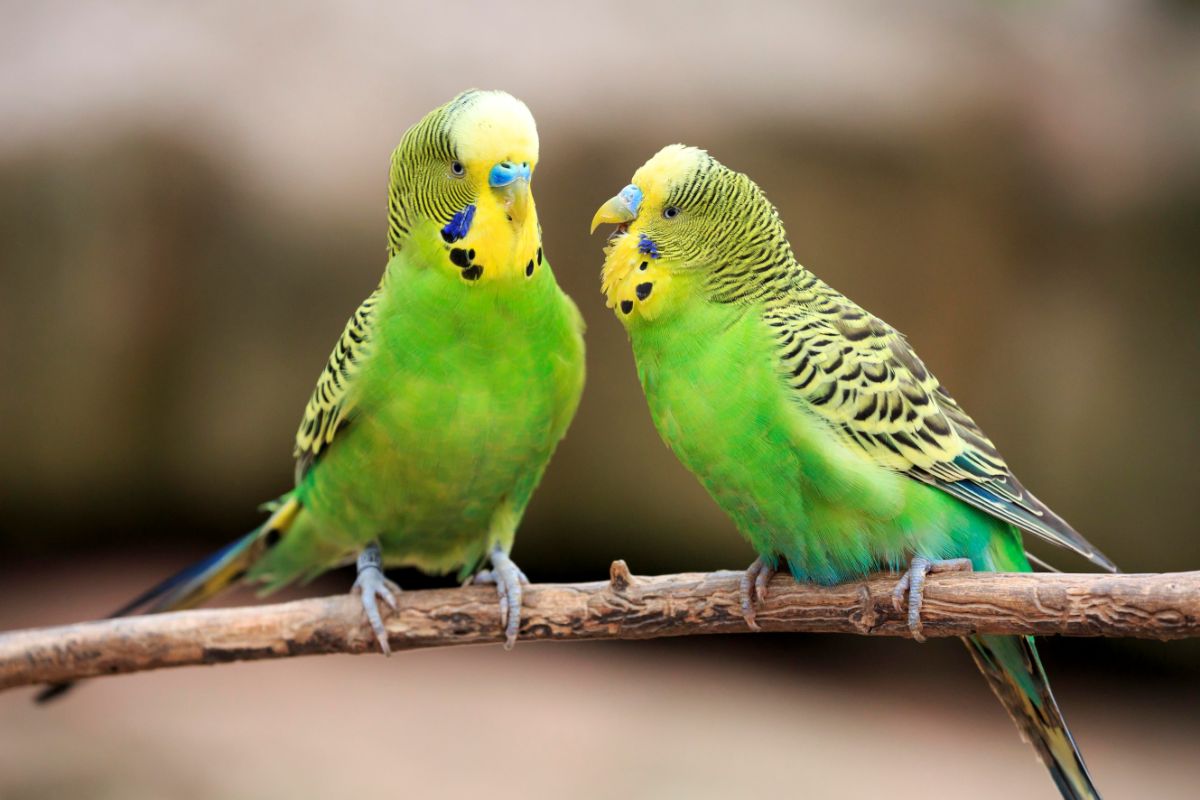
The parakeet is also known as a budgerigar or budgie. Its Latin name, Melopsittacus undulatus, means “songbird with wavy lines.”
Native to Australia, in large flocks, parakeets are also popular pets. Smaller and with a shorter lifespan than parrots, they can quickly learn a large vocabulary of words and phrases. Males are better at talking, though females can learn a few words and are strong whistlers.
11. Bowerbird
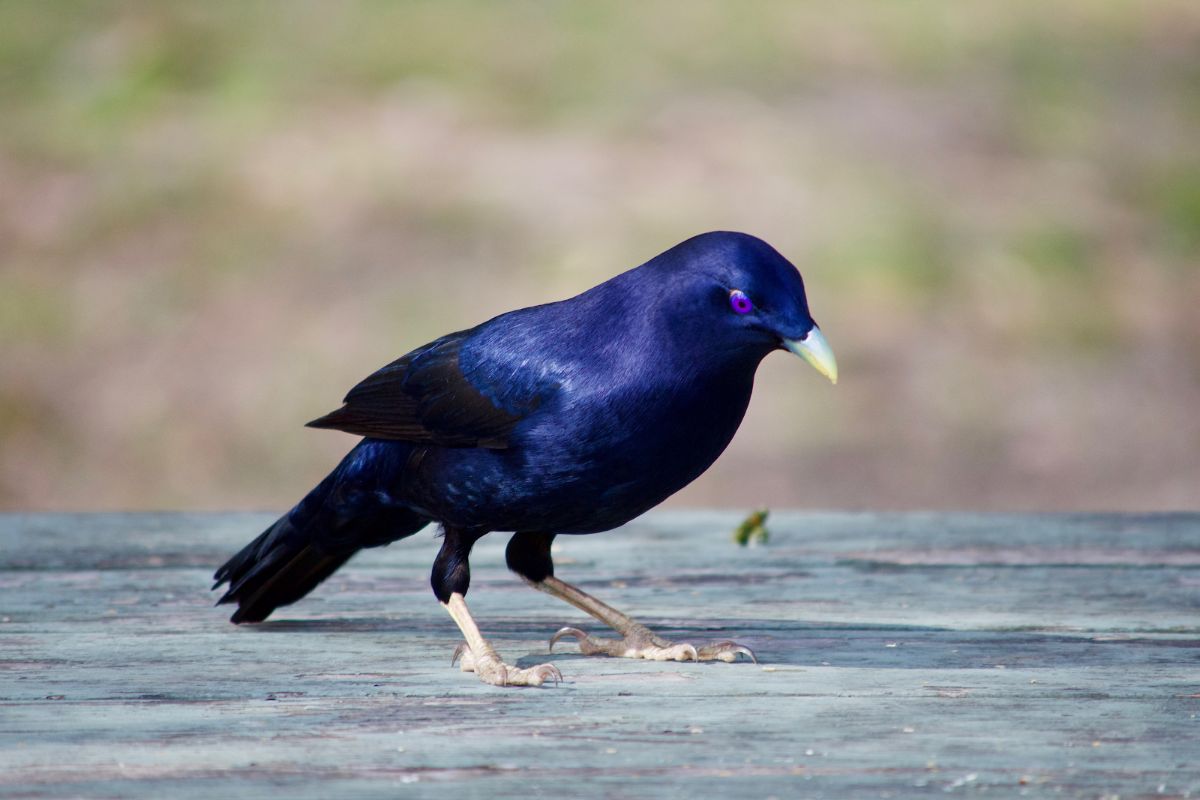
Male bowerbirds are primarily known for their bright colors and mating ritual of building elaborate structures out of twigs, rocks, flowers, and iridescent insect exoskeletons.
On their own, they have a wide range of vocalizations, such as hisses, crackles, and chitters, but they are also able to mimic other birds and even human-made sounds they hear in their environment.
12. American Crow
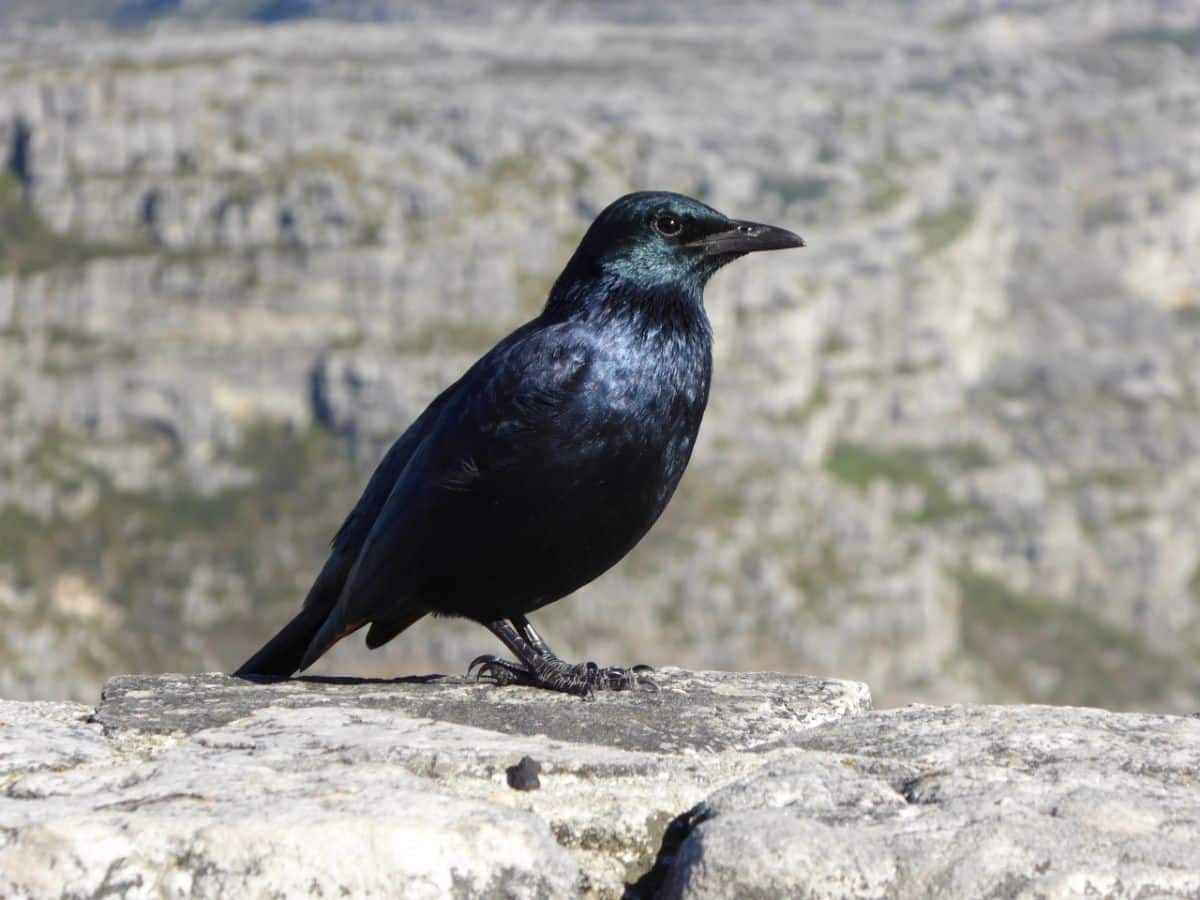
American crows are intelligent birds known for their hoarse caws and their willingness to eat almost anything. They have more than 20 crow-specific calls, including coos, rattles, and clicks. American crows can mimic other birds and human voices and imitate different sounds they hear around them.
13. Raven
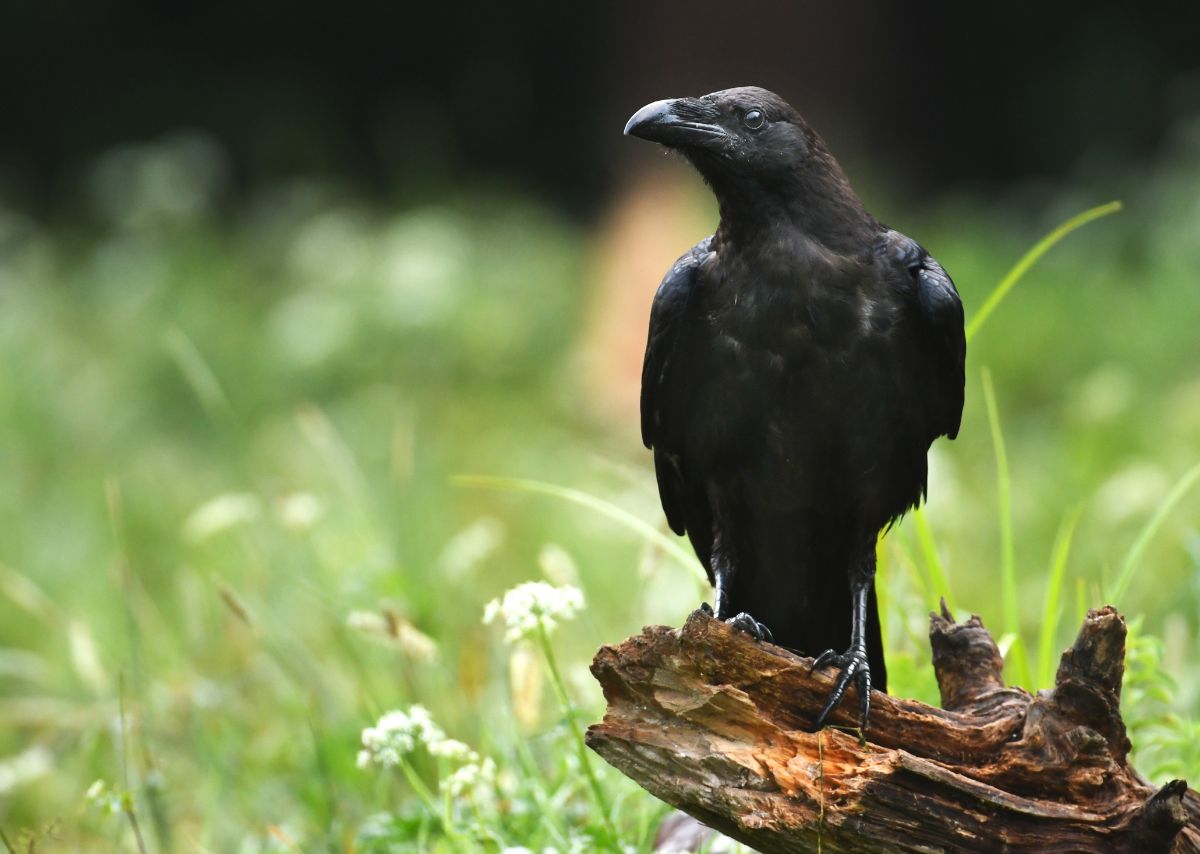
The larger relative of the crow, and made famous by Edgar Allen Poe, the raven is another brilliant bird capable of mimicking people. The deep-voiced raven has over 100 vocalizations and can learn to imitate human speech and other human sounds, such as coughing.
14. Australian Magpie
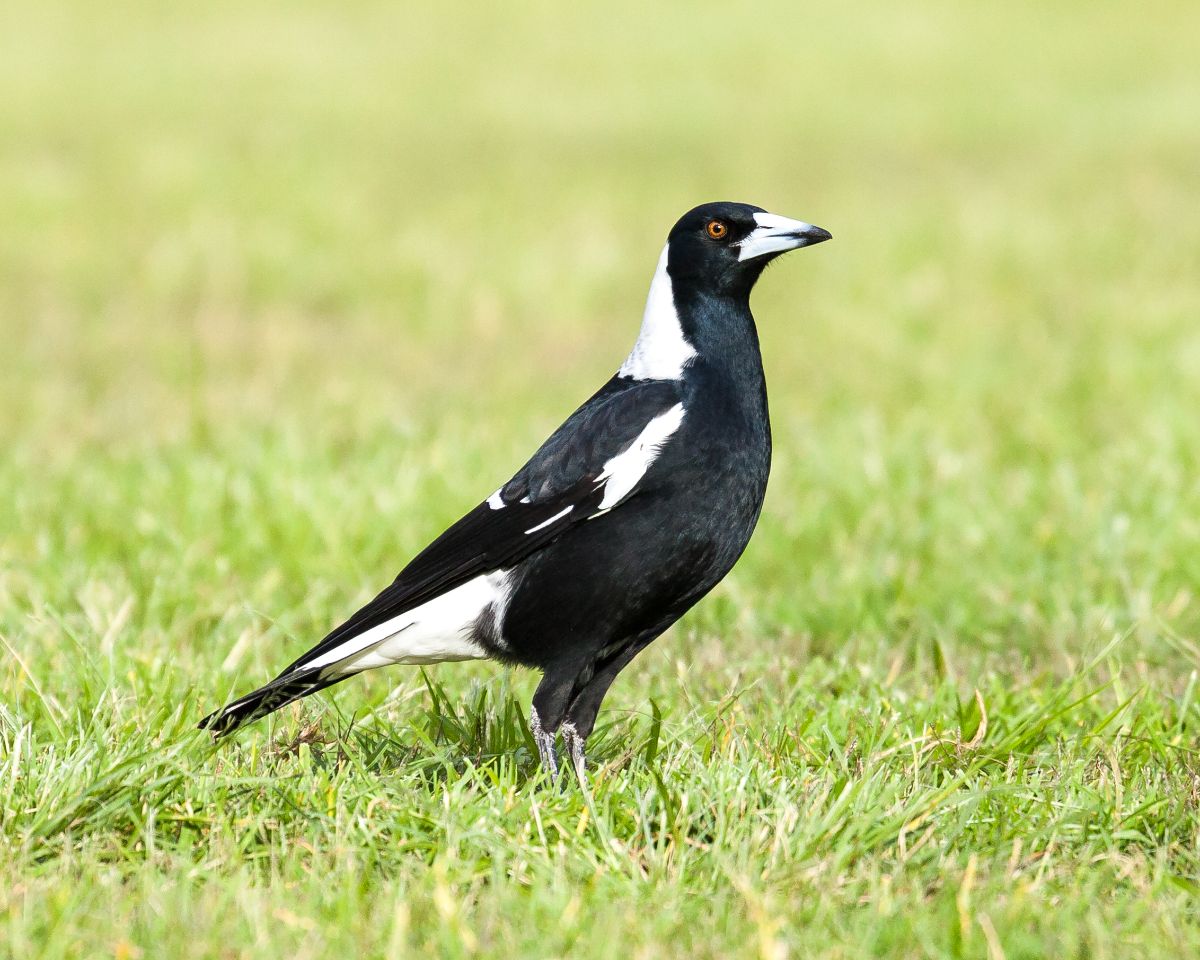
Another corvid, like the crow and raven, the Australian magpie possesses a variety of complex calls. Its magpie vocalizations are flute-like, and they often perform in duets or as a large group. The magpie can also imitate over 35 species of birds and other animals like dogs and horses. Those in contact with humans can also learn to mimic speech.
15. Stellar’s Jay
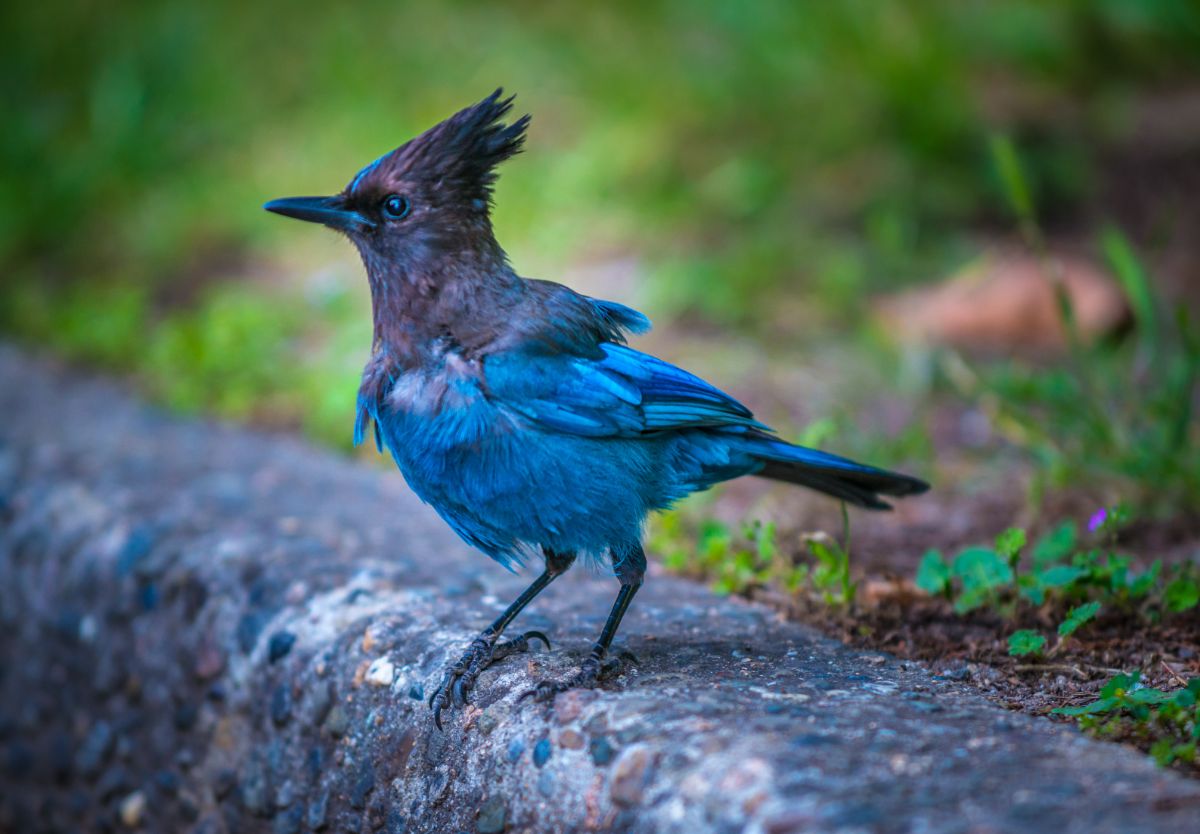
The Stellar’s Jay lives in coniferous and coniferous-deciduous forests. They have harsh calls that sound like “chook-chook-chook,” “shack-shack-shack,” or hissing rattles. They also mimic the screams of hawks.
16. Yellow-breasted Chat
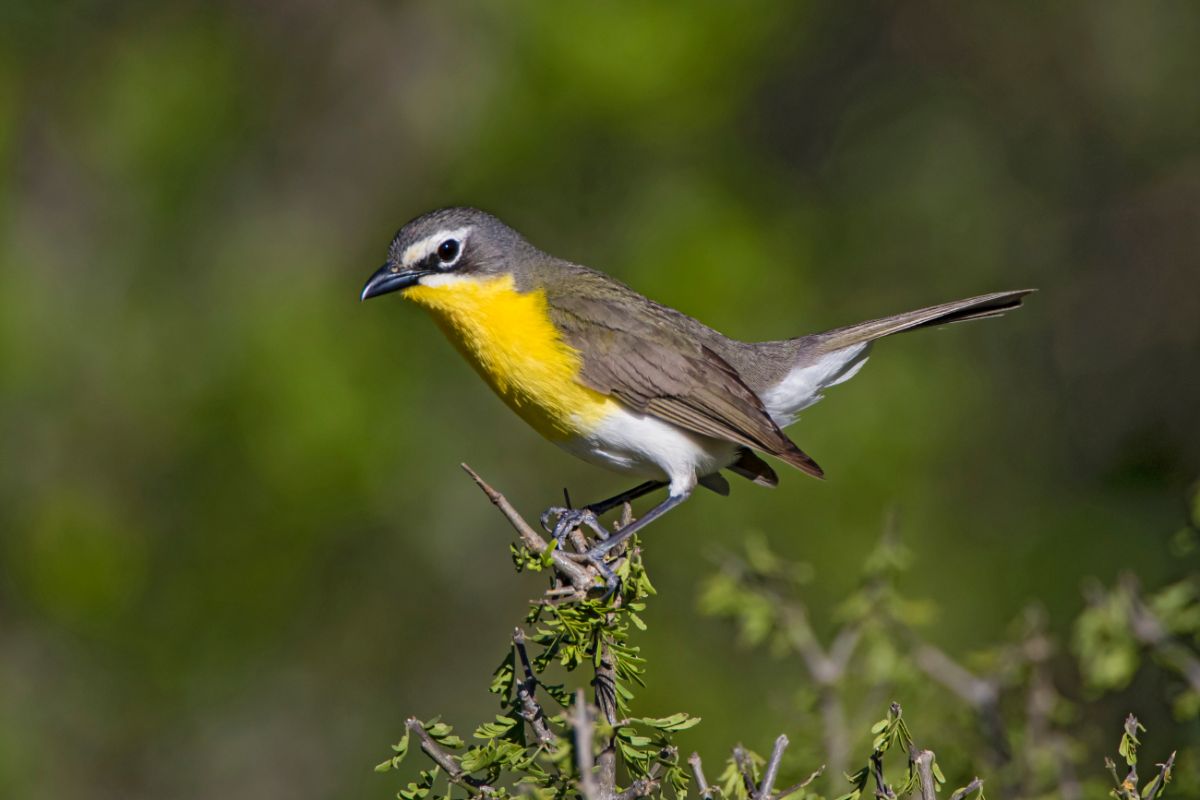
Yellow-breasted chats live in thickets, bramble bushes, and shrubs. An olive-green bird with a gray face, and yellow breast, their vocalizations sound like cackles, whistles, hoots, and clucks. They are known to mimic other birds, and they will even sing at night.
17. Lyrebird
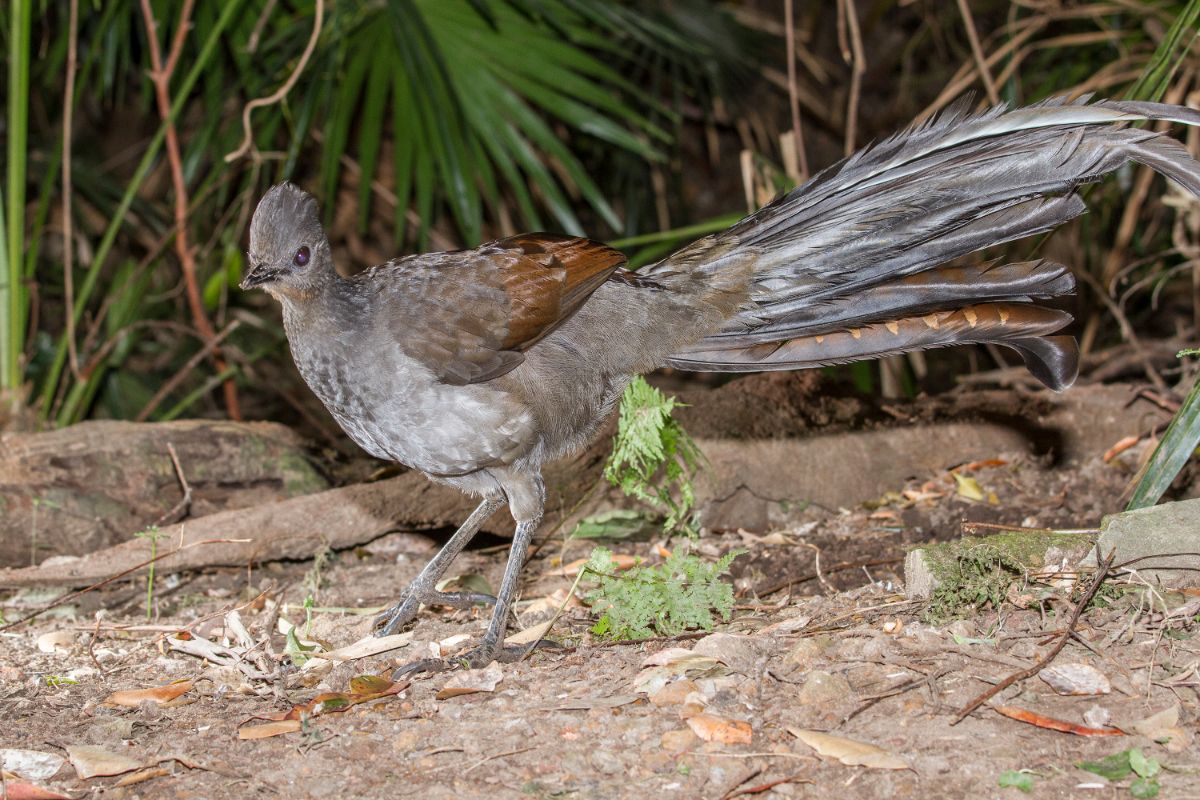
Native to Australia, Lyrebirds are famous for their complex songs and their incredible mimicry ability. Named for the curved, stringed appearance of their tails while in courtship display, 80% of the lyrebirds’ song is mimicry. They can imitate other birds, such as the kookaburra, and even mimic sounds, such as dog barks, car alarms, and chainsaws.
FAQ
Here are answers to some common questions about birds that can mimic sounds.
How do birds mimic sound?
Birds have a completely different voice box than any other creature. In humans, reptiles, and other animals, the sound is produced by the larynx, folds of tissue that vibrate at the top of the throat. Speech, meows, barks, roars, and grunts all come from the larynx.
Birds also have larynxes, but their voice and song come from their syrinx. The syrinx is lower than the larynx, where the windpipe branches off each lung. The syrinx is controlled differently than the larynx, and it is how birds can make all the vastly different vocalizations and even imitations they are capable of.
Can birds copy music?
Some birds can learn and copy tunes. Most of these are popular pets who have exposure to songs, like parrots, cockatiels, parakeets, and mynas.
Sound Mimicking Birds
Birds mimic sound as a breeding behavior, as a way to make themselves more appealing to a mate, as a way to communicate with other birds about danger, and as a way to stake their claim on the territory. Mimicry is a fantastic talent and survival technique for birds, even pets who know how much their humans like it.
